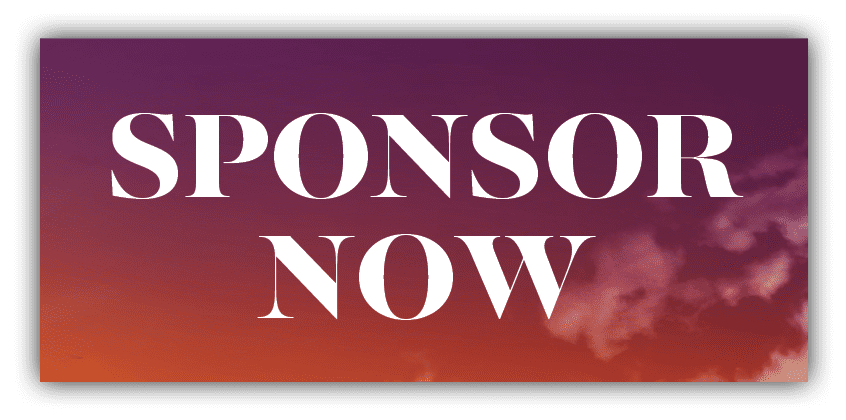One of the devices employed to make halachic determinations is the notion of “rov (majority),” whereby a matter of doubt can be resolved by considering and drawing from the majority of relevant cases. This idea can be illustrated by the classic Talmudic discussion (Chullin 11a), which seeks the source for this rule. It finds it from none other than the section of the parah adumah (red cow), featured in the beginning of this week’s parshah.
Fragile – Don’t Dissect
The discussion begins by citing the verses that highlight some key steps in the process of preparing the parah adumah for ritual use: וּנְתַתֶּם אֹתָהּ אֶל־אֶלְעָזָר הַכֹּהֵן וְהוֹצִיא אֹתָהּ אֶל־מִחוּץ לַמַּחֲנֶה וְשָׁחַט אֹתָהּ לְפָנָיו… וְשָֹרַף אֶת־הַפָּרָה לְעֵינָיו. “And you shall give (the cow) to Elazar the Kohein, and he shall remove it to outside the camp, and it shall be slaughtered before him… And it shall be burned before his eyes” (Bamidbar 19:3-5). The Gemara makes a derivation from the juxtaposition of these highlighted actions, which intimates that they must share a common quality. Thus it learns that just as the animal is whole when it is brought to slaughter, so must the burning process be initiated on a complete animal. That is, one may not, for example, alter the body of the cow prior to burning.
This leads to a certain difficulty. By viewing the cow prior to its burning, one can determine with relative ease that its body is complete. But what about the internals? There are numerous contingencies of internal blemish that could render the animal “incomplete” and thus disqualified. These are known as “tereifos” and are listed (in the context of the laws of kashrus) in the Mishnah in Chullin (3:1), which states:
אֵלּוּ טְרֵפוֹת בַּבְּהֵמָה, נְקוּבַת הַוֵּשֶׁט, וּפְסוּקַת הַגַּרְגֶּרֶת, נִקַּב קְרוּם שֶׁל מֹחַ…
“The following are the disqualifying blemishes of an animal (rendering it unfit for consumption): A puncture of the esophagus, a slit in the windpipe, a hole in the brain membrane…”
The Mishnah proceeds to list a total of eighteen tereifos. This would seem to present a problem with regard to the burning of the parah adumah; how do we know that it doesn’t contain, for example, a punctured esophagus or brain membrane? Dissecting the animal and conducting an “internal investigation” (as is done in processing meat for consumption) is out of the question here, for as stated, the burning must be conducted on a complete animal; the dissection itself would cause its disqualification.
And so, the Gemara concludes, it must be that we rely on the rov (that’s “majority,” not “rabbi.” We rely on him, too, but that’s more conventionally transliterated as “rav.” “Rov” rhymes with “drove.” In any event…). That is, the majority of cows in the world are free from these internal tereifos; seeing as in the case of parah adumah we can’t examine its innards, we may assume that this particular specimen shares the same constitution as the majority of its bovine colleagues.
A brief synopsis of this fairly involved Talmudic analysis could be stated as follows: We learn that the parah adumah must remain whole up to the point of its burning; we question how we can be sure it is in fact “complete,” given the possibility of internal tereifos; opening up the animal for examination is not an option as this itself renders the animal incomplete; we answer that it must be that we are sanctioned to assume, in accordance with the majority of cases, that the animal’s internals are unblemished. Hence, parah adumah is a source for the rule of “rov,” ruling by the majority.
The Era of Transparency
An issue arises, however, when we review the comments of the Targum Yonasan ben Uziel to the abovementioned passage. On the passuk that states that the cow was given over to the jurisdiction of Elazar Hakohein (Bamidbar 19:3), the Targum Yonasan states explicitly: וְיִבְדְקִינֵיהּ בְּתַמְנֵי סְרֵי טְרֵיפַן – “And he shall examine it for the eighteen (forms of) tereifus”! This seems to run completely counter to the Gemara’s entire discussion, which starkly ruled out such examination on the grounds that it would detract from the “wholeness” of the parah!
Drawing on some fascinating background information, the Sheilos U’teshuvos Beis Yitzchak (Yoreh Dei’ah § 39) offers a brilliant resolution. Tosafos in Shabbos (22b), citing the Beraisa D’meleches Hamishkan, supplies some insight on the situation of B’nei Yisrael in the desert. As is known, they were accompanied by the Amud He’anan (Pillar of Cloud) throughout their travels. Apparently, this cloud, aside from offering protection, also provided them with light – a light so bright that they were literally able to see through walls. Thus, they could peer, for example, at a sealed barrel, and be able to view its internal contents.
Armed with this information, the Beis Yitzchak resolves the apparent contradiction between the Gemara in Chullin and the comments of the Targum Yonasan. Thanks to the “transparent view” provided by the Amud He’anan, Elazar Hakohein had the wherewithal to examine the parah adumah for tereifos without having to make a single incision. By its light, he simply looked at the complete cow and viewed its internal organs. The Gemara that ruled out checking for tereifos – necessitating, instead, to rely on the rule of rov – was referring to parah adumahs of successive generations, which did not have the benefit of utilizing the Anan’s light. The Targum Yonasan, however, was commenting directly on the verse that mentions Elazar Hakohein. As he officiated during the Jews’ sojourn in the desert, the offices of the Amud He’anan were readily at his disposal.







